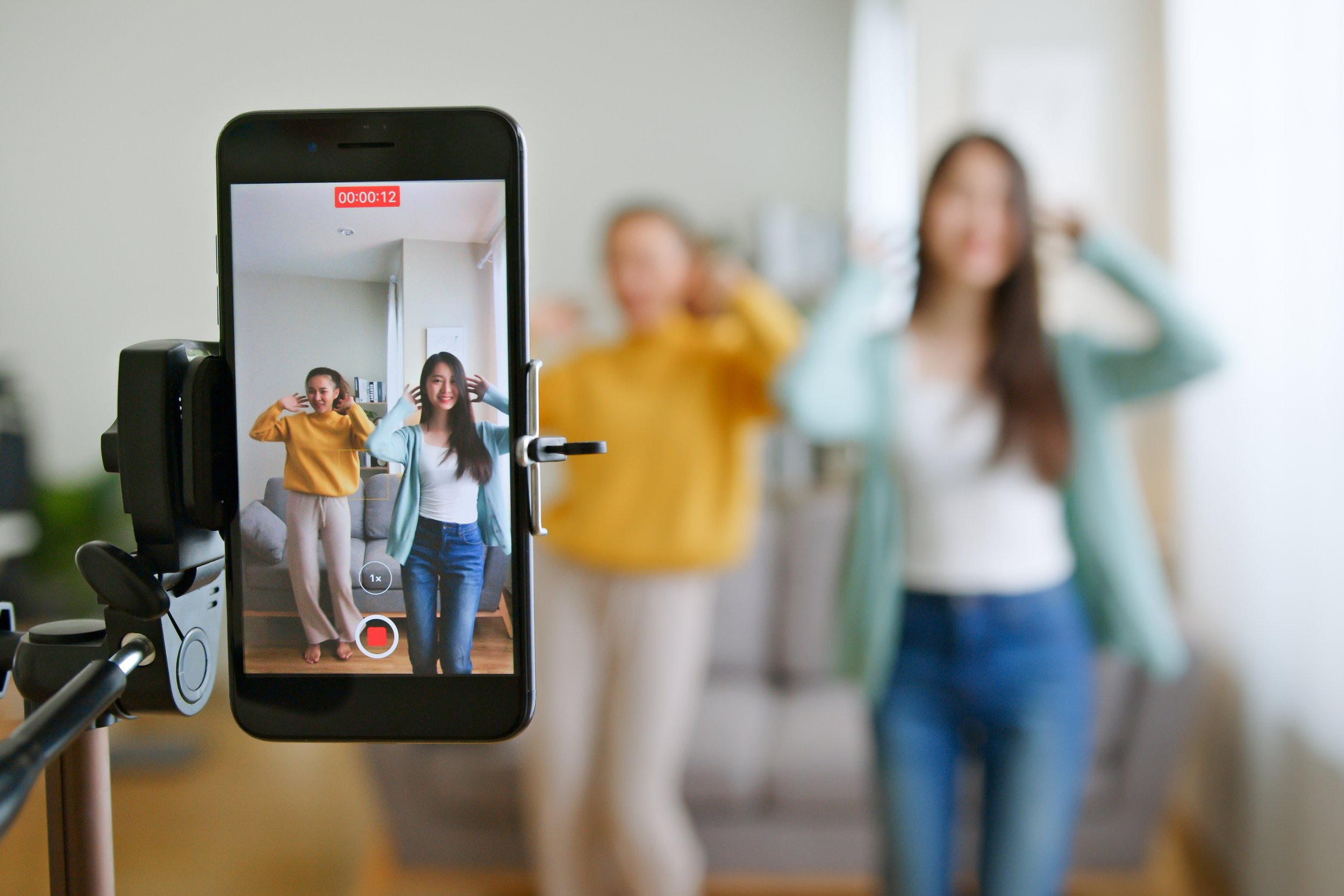In the age of social media, the virality of content is both a mystery and a science. From hilarious memes to heartwarming stories, certain types of content spread like wildfire while others barely gain traction. But why does this happen? Understanding the psychology behind why some stories go viral while others don’t involves examining several key factors, including emotions, social currency, timing, relevance, and cognitive ease. These elements interact in ways that make some stories irresistible, while others fail to captivate audiences.
1. Emotional Impact
One of the most powerful drivers of virality is the emotional impact a story has on its audience. People are more likely to share content that evokes strong emotions, whether those emotions are positive, like joy, awe, and amusement, or negative, like anger and frustration. The common denominator is the intensity of the emotion.
For example, a study conducted by Jonah Berger and Katherine Milkman, published in the Journal of Marketing Research, found that content which elicits high-arousal emotions—whether positive or negative—is more likely to go viral than content that evokes low-arousal emotions, like sadness or calmness. This is because high-arousal emotions trigger a physiological response, motivating people to take action, such as clicking “share” or “like.” The emotional charge in a story acts as a form of activation energy, sparking the behavior necessary for a story to spread.
2. Social Currency
People are naturally inclined to share stories that make them look good to others. This is where the concept of “social currency” comes into play. Social currency refers to the idea that individuals want to share content that enhances their reputation, increases their social status, or makes them seem knowledgeable, funny, or well-informed. Sharing valuable or entertaining content allows people to signal something about themselves to their social networks.
A person who shares a cutting-edge piece of news or a hilarious video becomes a sort of “social influencer” within their circle. The more value or uniqueness a story has, the more social currency it provides, and the more likely it is to be shared. In this sense, the virality of a story is not just about the content itself but also about how the content reflects on the person sharing it.
3. Novelty and Surprise
Humans are naturally drawn to things that are unexpected or unusual, as novelty captures attention and stimulates curiosity. Novelty also taps into our brain’s reward system because it offers a break from routine, presenting new information to process. When a story offers something surprising or breaks from the ordinary, people are more likely to engage with it and share it.
For instance, stories that defy expectations—such as a heartwarming act of kindness from a normally gruff person, or an unexpected twist in a political event—are more likely to go viral because they capture attention and spark curiosity. This element of surprise can lead to increased engagement, as people want to share this novel experience with others.
4. Relatability and Identification

A key factor that makes a story viral is how relatable it is. People are more inclined to share content that they feel personally connected to or that reflects their own experiences, beliefs, or values. When a story taps into a universal human experience or expresses something that people are currently going through, it resonates deeply and creates a desire to spread the message.
Relatability can be thought of as the mirror that content holds up to the audience. When people see themselves in a story, it becomes more meaningful, and they feel an urge to pass it along to others who might also see themselves in the content. Whether it’s a funny video about the struggles of parenting or an inspiring story of someone overcoming adversity, relatable content is often the most shareable.
5. Cognitive Ease
Cognitive ease refers to the mental effort required to process information. Stories that are simple, straightforward, and easy to understand tend to go viral more easily because they don’t require much cognitive effort to engage with. In contrast, complex or abstract content may require more mental effort and is less likely to be shared.
People are busy, and their attention spans are limited, especially in today’s information-saturated environment. Content that is easy to digest, such as memes, lists, or short videos, tends to do better than lengthy, complicated articles. Cognitive ease also ties into the aesthetic presentation of a story—clear visuals, well-structured text, and easy navigation can all increase the likelihood of a story being shared.
6. Social Proof
Social proof is a psychological phenomenon where people look to others for cues on how to behave, especially in uncertain situations. When people see a story that has already been shared or liked by many others, they are more likely to engage with it themselves. The popularity of the content acts as a signal that it is worth their time, and they follow suit by sharing it as well.
This is why some stories snowball in virality. Once a certain threshold of engagement is reached, more and more people join in, creating a cascading effect. The phenomenon is closely related to the “bandwagon effect,” where the more people participate in something, the more likely others are to join in.
7. Practical Value

Content that provides practical value, such as helpful tips, life hacks, or actionable advice, also has a high potential for virality. People love to share information that can benefit others, as it positions them as a source of valuable knowledge. Whether it’s a tutorial video, a recipe, or a list of productivity hacks, practical content is often shared because it offers immediate utility.
The key here is usefulness. Content that helps people solve a problem or improve their lives in some way is more likely to be passed around. This is especially true in niche communities or interest groups where practical advice is highly valued.
8. Storytelling and Narrative Structure
The way a story is told matters just as much as the content itself. Stories that have a clear beginning, middle, and end tend to be more engaging because they follow the natural structure of how humans process information. A well-told story that builds tension, introduces conflict, and leads to resolution can capture attention and keep people engaged.
Narrative structure also provides a sense of coherence, making it easier for people to understand and remember the content. Stories with strong narratives are more likely to be shared because they are easier to retell. A classic example is the underdog story, where someone overcomes adversity to achieve something great. These types of stories are not only inspiring but are also easy to recount, increasing their chances of going viral.
9. Timing and Context
The timing and context in which a story is released can significantly affect its viral potential. Stories that align with current events, cultural moments, or trending topics are more likely to go viral because they tap into the collective consciousness of a society at a specific time. For example, during major holidays, content related to those holidays is more likely to spread because it resonates with what people are already thinking about.
Seasonality, world events, and even the time of day a story is published can influence its chances of going viral. For instance, content that is released early in the morning is more likely to be shared throughout the day as people come across it and pass it along to others. Timing matters because it determines how many people see the content and when.
10. The Role of Platforms

Different platforms have different sharing mechanisms, and this can influence whether or not a story goes viral. For example, Twitter’s retweet function makes it easy for users to quickly share content with their followers, while Facebook’s algorithm prioritizes content with higher engagement rates, helping viral stories gain more visibility.
Platform-specific features, such as hashtags, trending topics, and “share” buttons, can also impact virality. Some platforms are more conducive to certain types of content—Instagram, for instance, is more visual, while Twitter thrives on concise, text-based messages. The nature of the platform can either amplify or limit the spread of a story.
Conclusion
The psychology behind why some stories go viral while others don’t is multifaceted, involving emotional impact, social currency, novelty, relatability, and many other factors. While there is no guaranteed formula for making content go viral, understanding these psychological principles can increase the likelihood that a story will resonate with a large audience and spread widely.










Leave a Reply